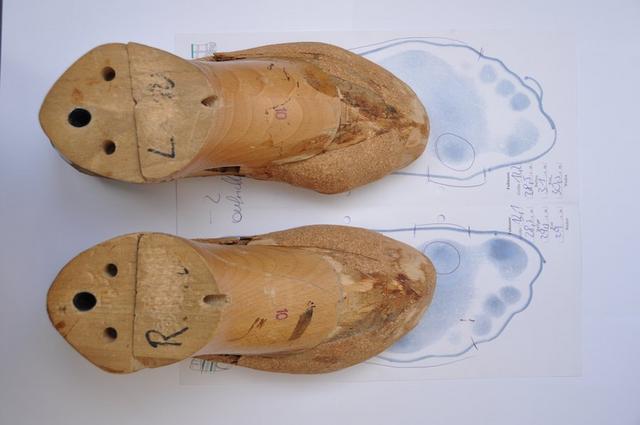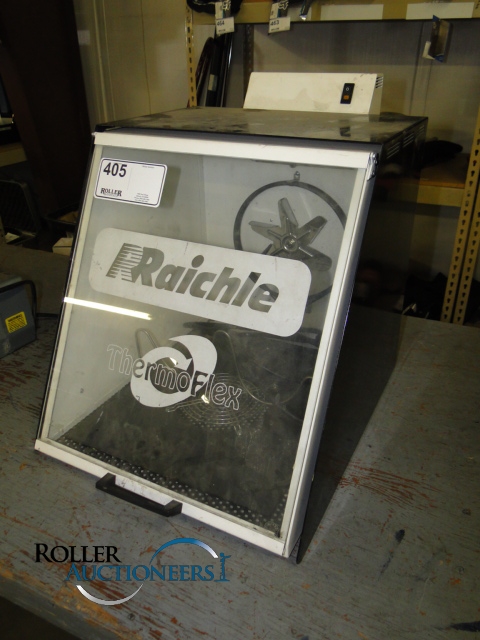It appears many ‘19 boots are now “Heat Moldable” & even some carry over models now claim to be as well.
Would someone educated talk me through this process?
Would someone educated talk me through this process?

Educated......ehhhh. Willing to stuff my foot into a shell that’s been in the oven at 215 for 12-14 minutes, sure. I tried it for some additional room after seeing a fitter.It appears many ‘19 boots are now “Heat Moldable” & even some carry over models now claim to be as well.
Would someone educated talk me through this process?
I always fit my ice hockey and inline speed skates, as well as ski boot liners in my home oven. But with this, you are actually heating foam inside of skate (similar to liner of ski boot), not shell of skate. For boot's shell, I somehow doubt you would get some decent result doing it same way. I agree boots are different, but race boots that I fit for myself require plastic to be heated up to around 150c (for skates and liners it's normally more around 70-80c), and then pressed and cooled off. Exactly what you said, with heat gun and hydraulics (or similar). You certainly don't want all plastic of the boot to be heated this much, as it will loose all stiffness. But I believe there might be some low level boot where ultimate stiffness is not required and losing some of it, won't be priority, so they would be able to survive heating them up this high.Seriously though, they fit hockey skates with heat and vacuum all the time and it seems to work. I've never heard anything good about that process in ski boots and have witnessed miserable failure from the Fischer version
How much time do you have?
At home, it takes me usually 3 or 4 hours total to bring a pair of boots to final fit from off-the-shelf. Including a few test skis and tweaks (not counting the time skiing).

I followed that 300deg F recommendation in punching a Lange Plug last year. Had a bootfitter laugh, but when pressed on what temp he used got no answer. His punches had a habit of not holding too, and would tell people that putting boots in say an 85 deg furnace room to dry was responsible for the punch not holding. Really annoying but par for that course.How much time do you have?
]
For this you need skates to be made from carbon that is meant to be used this way. I know my Powerslide Core Icon boots for inline speed skates are suppose to be made of such carbon (it's actually not carbon fibers itself, but epoxy/glue or whatever is proper word for thing that holds everything together), and you can actually mold outer shell of speed skate. But for ice skates I never heard they would be done this way. And normally ice skates have much thicker "liner" then speed skates that are basically just carbon fiber straight to foot, so there's less need for reshaping outer shell. But I also believe top players have different skates then "top skates in stores" are, just the same way as WC race skis are different then "race skis from store".I have a friend who's a former US women's hockey team member. She once described to me in detail how they fit skates at that level. It involves heating the entire skate and putting it in a vacuum rig so molding the shell to the foot, not just the liner, though that too in the process
It's true but it's also true, changes in plastic after heating/molding are bigger then someone would want to admit. That's one of reason all Fischer guys in WC are still on normal, non-vacuum bootsthe shells are made from one of the newer low softening temperature plastics such as Salomon’s Kaprolene (a blend of polyester polyurethane and polycaprolactone, polycaprolactone is also used to make heat moldable footbeds) or Fischer’s Vacu-Plast (a blend of nylon 6 and an ethylene acrylic acid / methacrylic acid copolymer resin) the boots can be molded directly to the skiers feet.
Ski shops that sell Head "Form Fit" boots have a special oven that produces the correct temperature.
